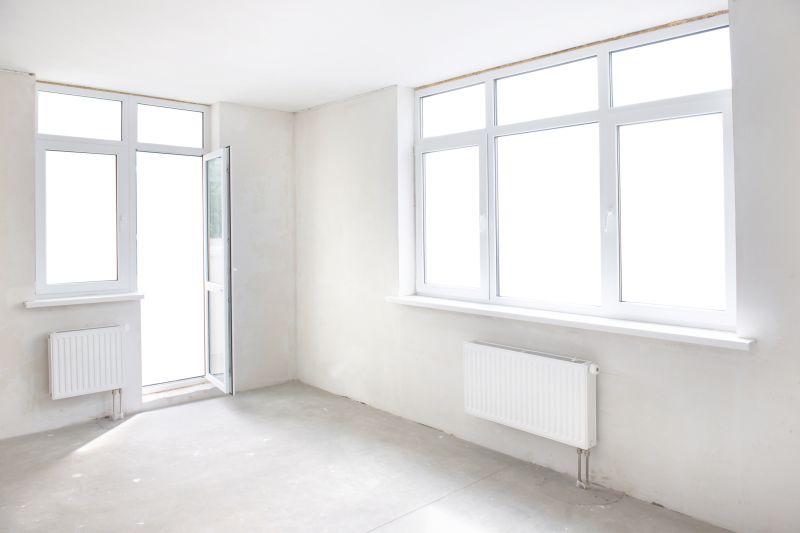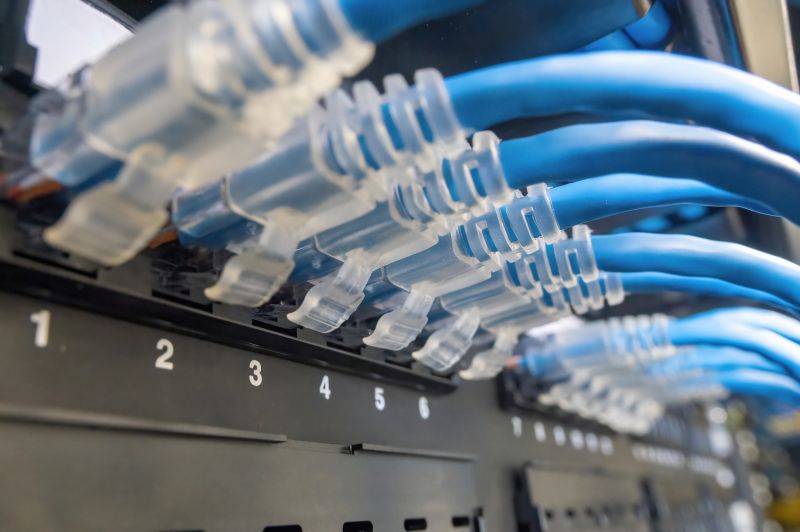Optimal Timing for Windows Installations
Windows installations are most effective when performed during periods of low system activity and stable environmental conditions. Choosing the right time can reduce downtime and ensure a smoother setup process. Proper timing also minimizes disruptions to daily operations and allows for adequate testing and configuration.
Installing Windows during evenings or weekends reduces impact on business operations and allows for uninterrupted setup.
Aligning installations with scheduled maintenance periods ensures minimal disruption and coordinated system updates.
Performing installations prior to significant updates or upgrades allows for proper testing and integration.
Choosing times with minimal network activity prevents bandwidth issues and speeds up the installation process.

Technicians performing a Windows setup on a server.

Equipment staged for Windows installation during scheduled maintenance.

IT professional configuring Windows settings post-installation.

Ways to make Windows Installations work in tight or awkward layouts.

Popular materials for Windows Installations and why they hold up over time.

Simple add-ons that improve Windows Installations without blowing the budget.
| Timing Consideration | Best Practice |
|---|---|
| Low System Activity | Schedule installations during off-hours or weekends. |
| Maintenance Windows | Coordinate with existing maintenance schedules. |
| Pre-Update Periods | Perform installs before major system updates. |
| Network Load | Choose times with minimal network traffic. |
| Hardware Stability | Ensure hardware is stable prior to installation. |
| Environmental Conditions | Avoid periods of high temperature or humidity. |
| Staff Availability | Ensure technical staff are available for support. |
Windows installations are a critical step in maintaining and upgrading computing environments. Proper timing ensures minimal disruption and maximizes the efficiency of deployment. Statistics indicate that scheduling during low-traffic periods can reduce installation time by up to 30 percent, leading to faster system readiness and less operational downtime.
Advanced planning and coordination are essential for successful Windows installations. Considering factors such as network load, hardware readiness, and staff availability can significantly improve the outcome. Regularly reviewing installation schedules against operational needs helps maintain productivity and system reliability.

Technicians readying equipment for installation.

IT staff verifying system stability after setup.

Configuring network settings during installation.

Completing system setup and user configuration.

High-end options that actually feel worth it for Windows Installations.

Finishes and colors that play nicely with Windows Installations.
Interested parties are encouraged to contact for more information or to schedule an installation. Filling out the contact form provides an opportunity to discuss timing options and ensure a seamless setup process tailored to specific operational needs.




